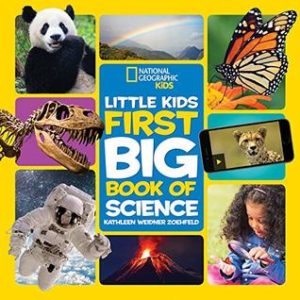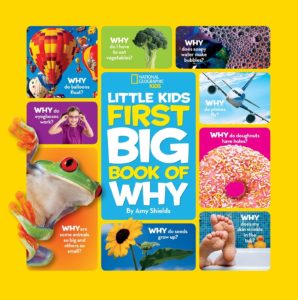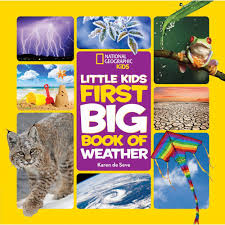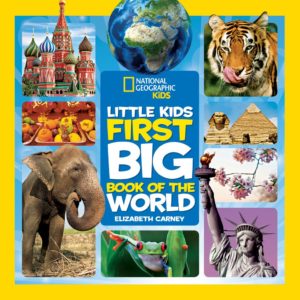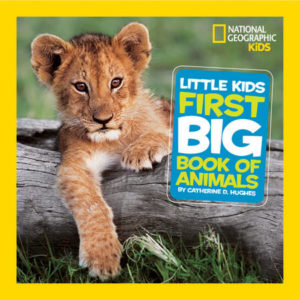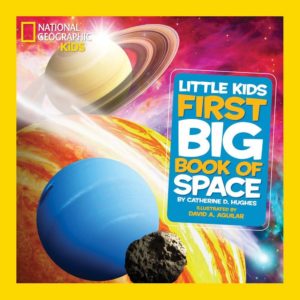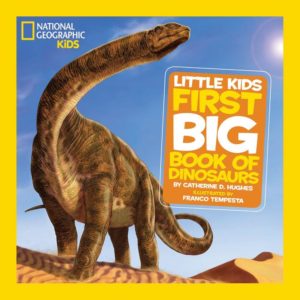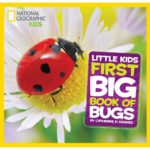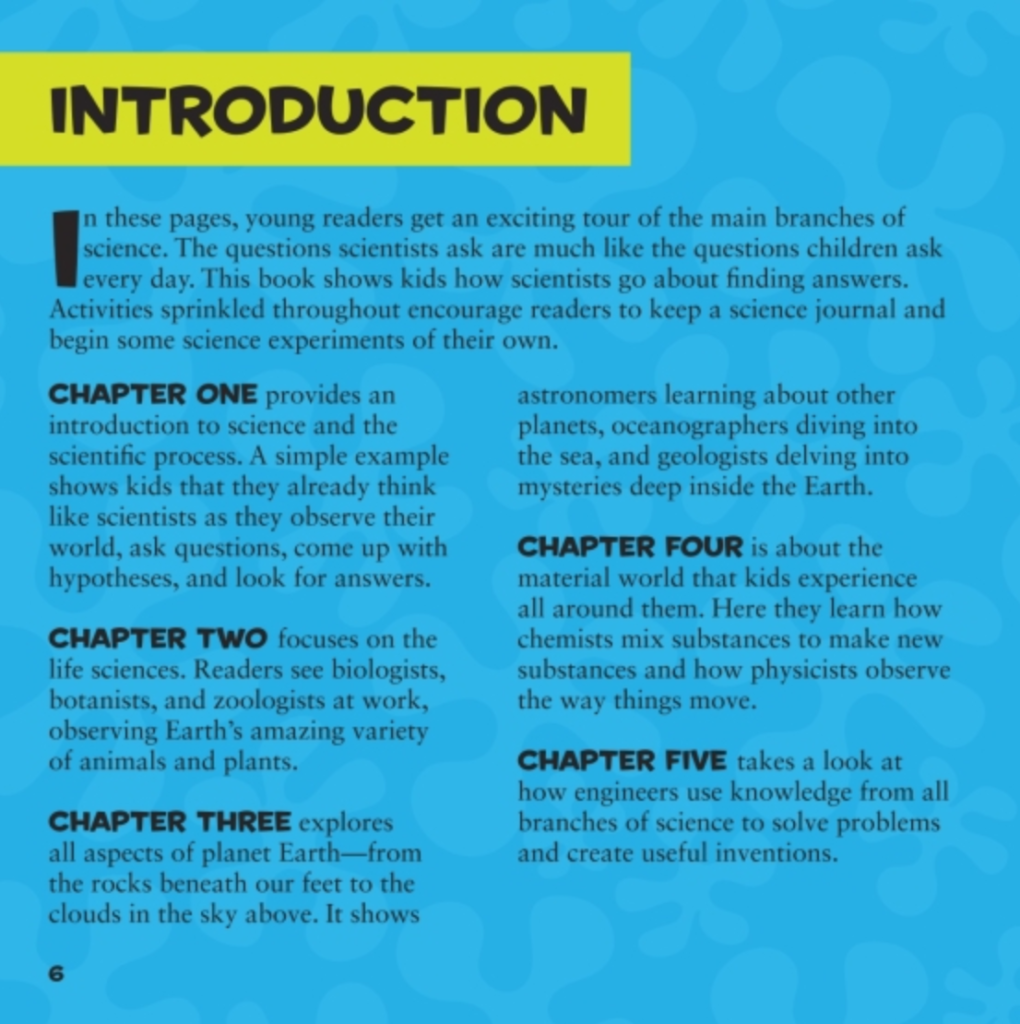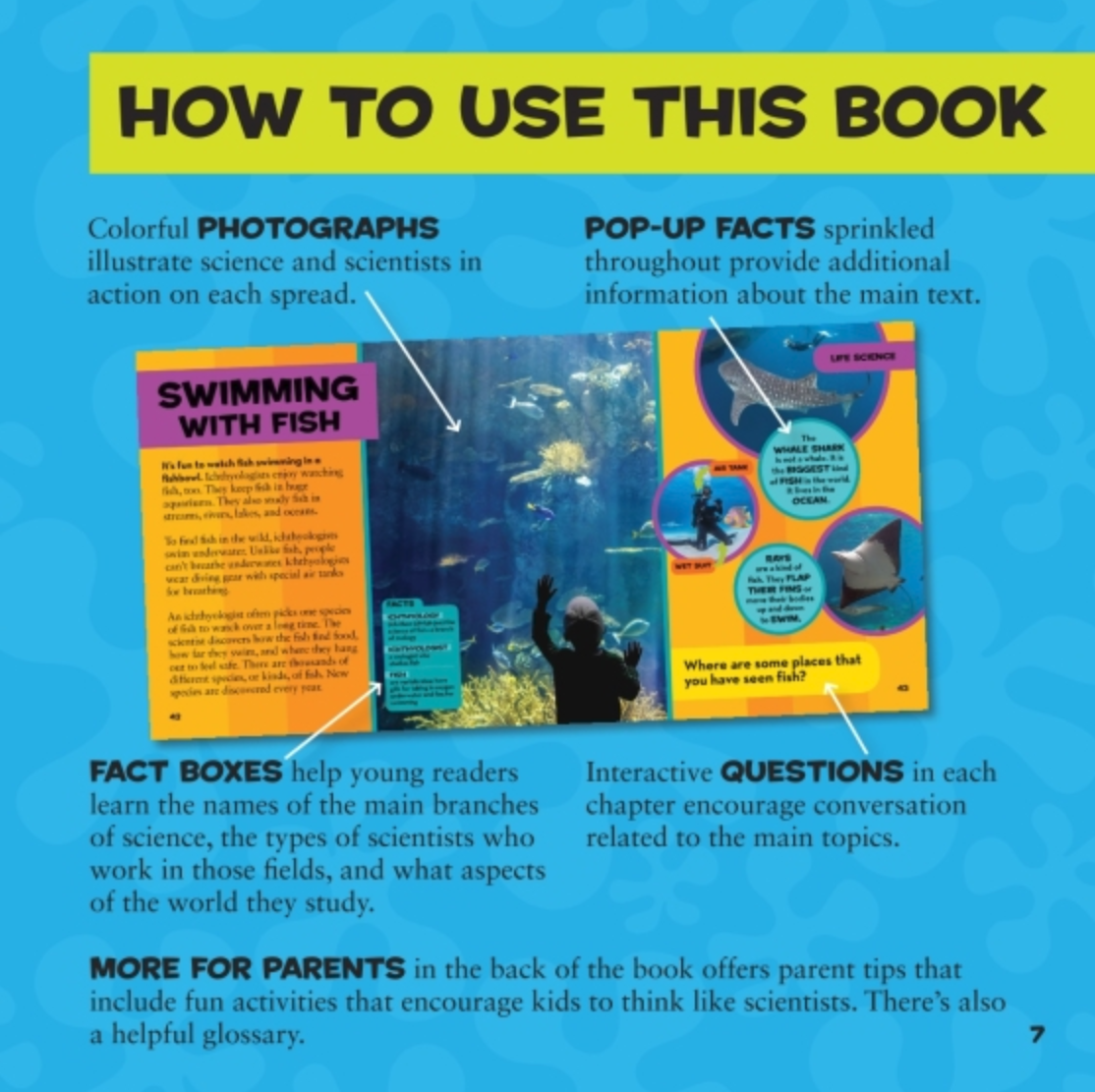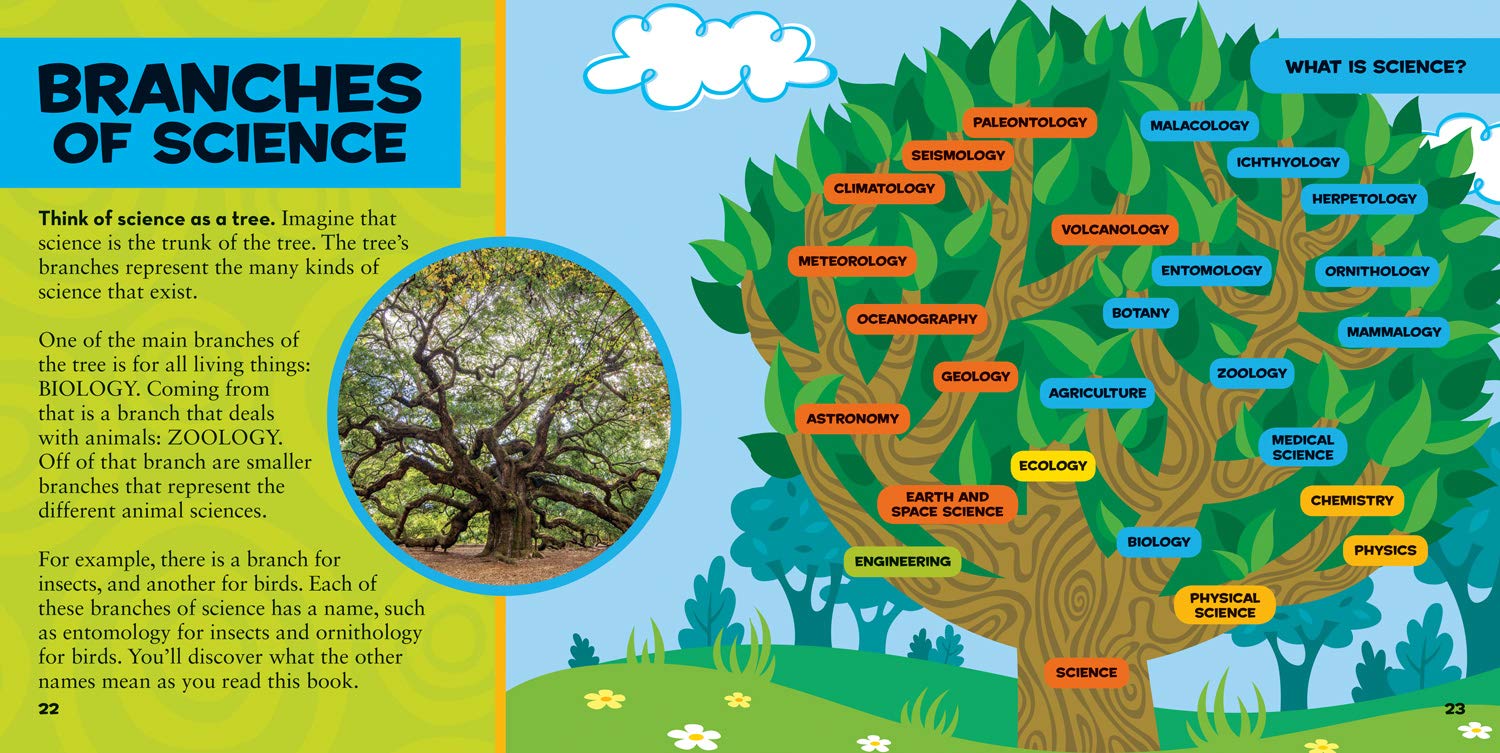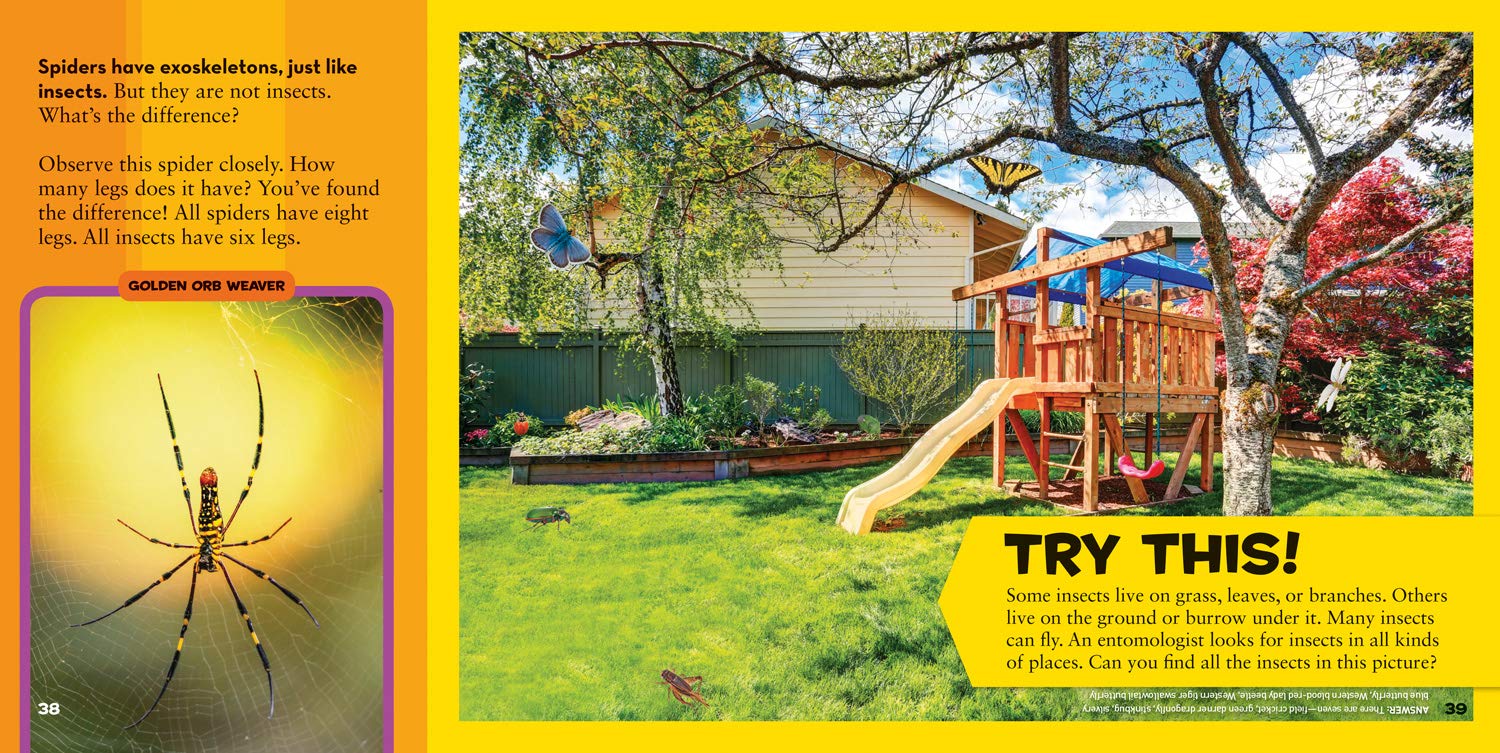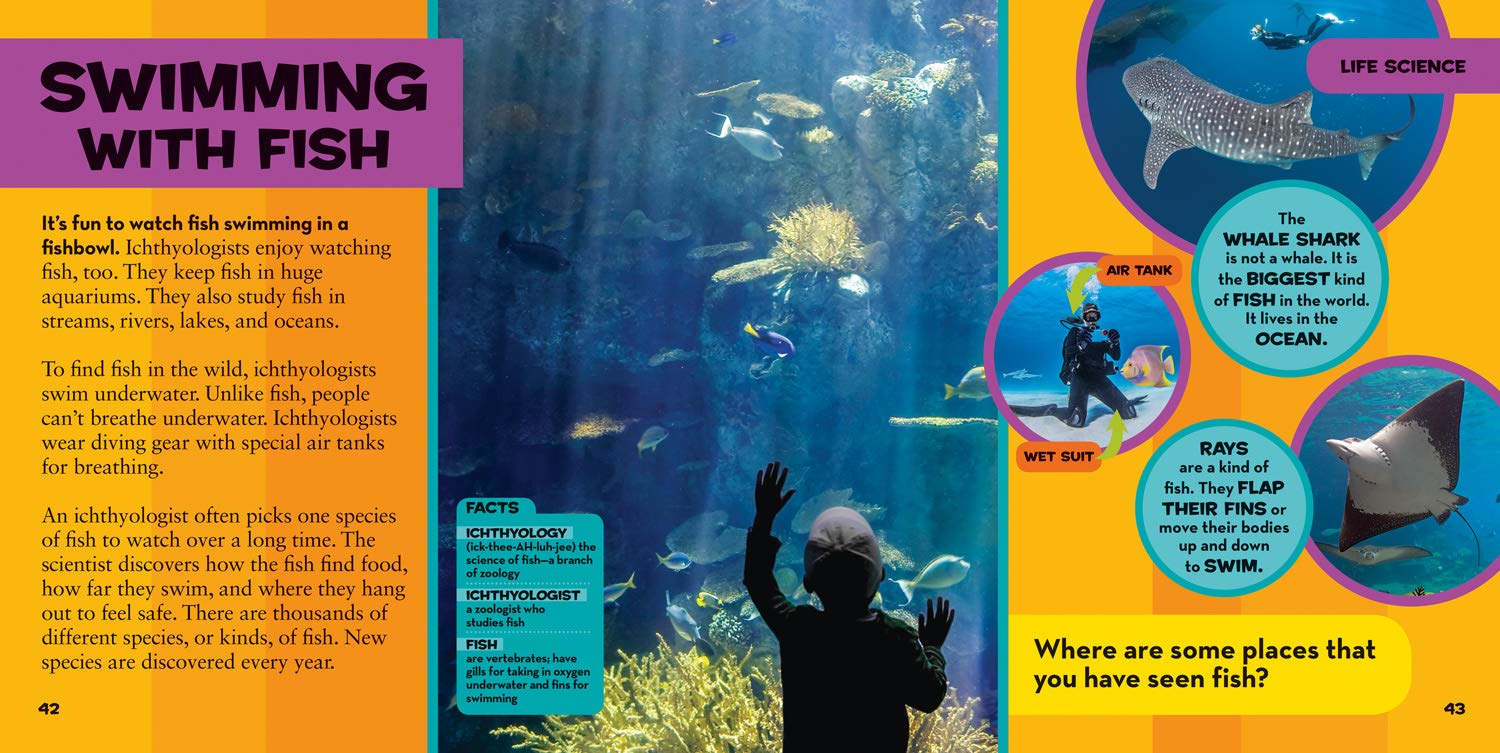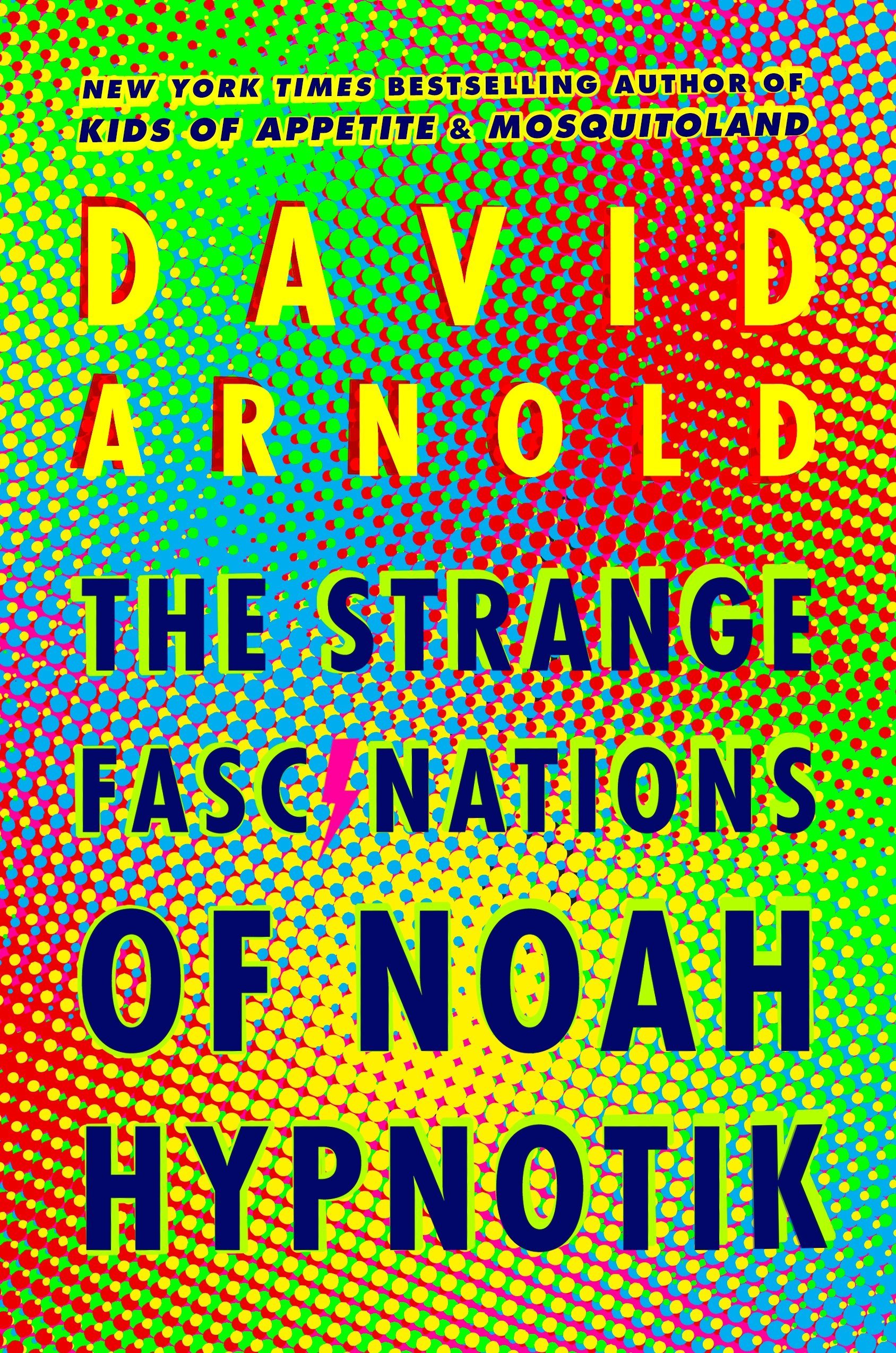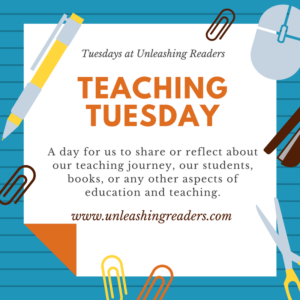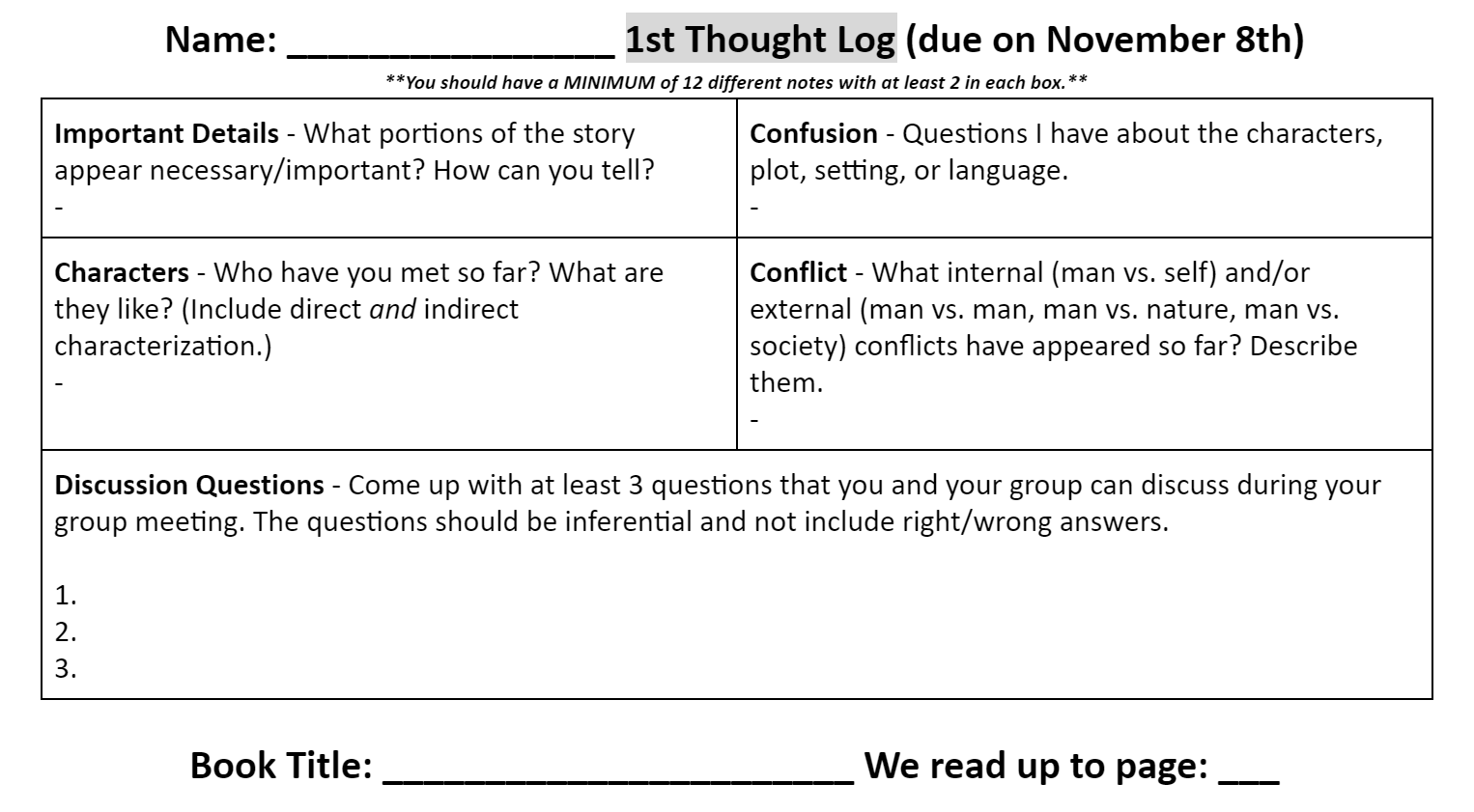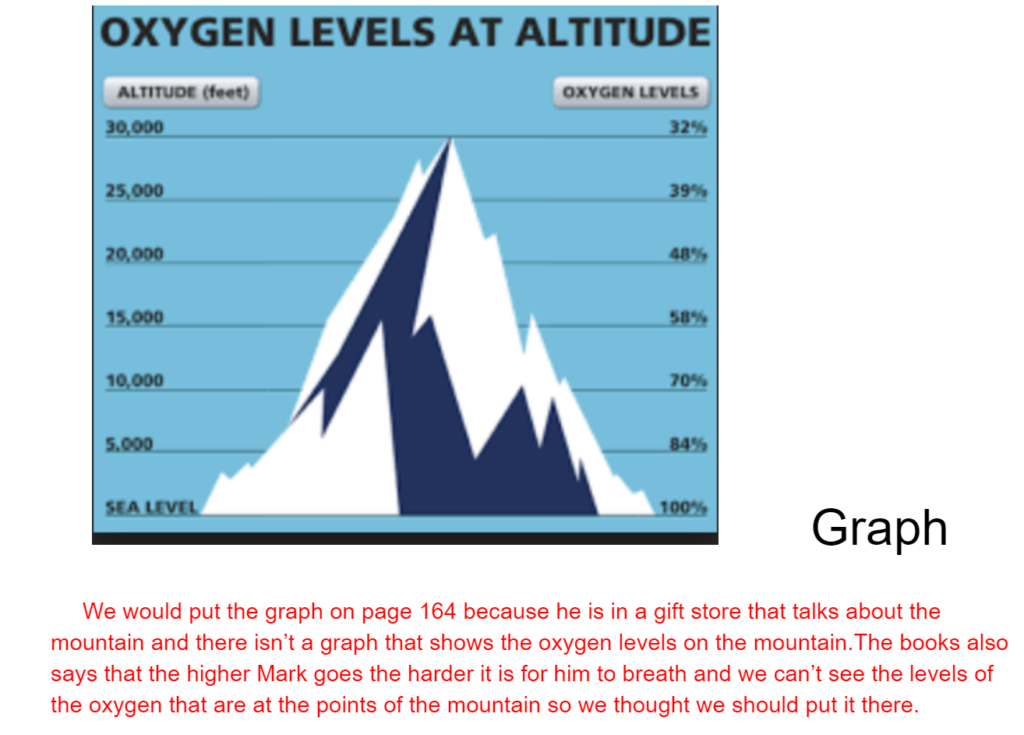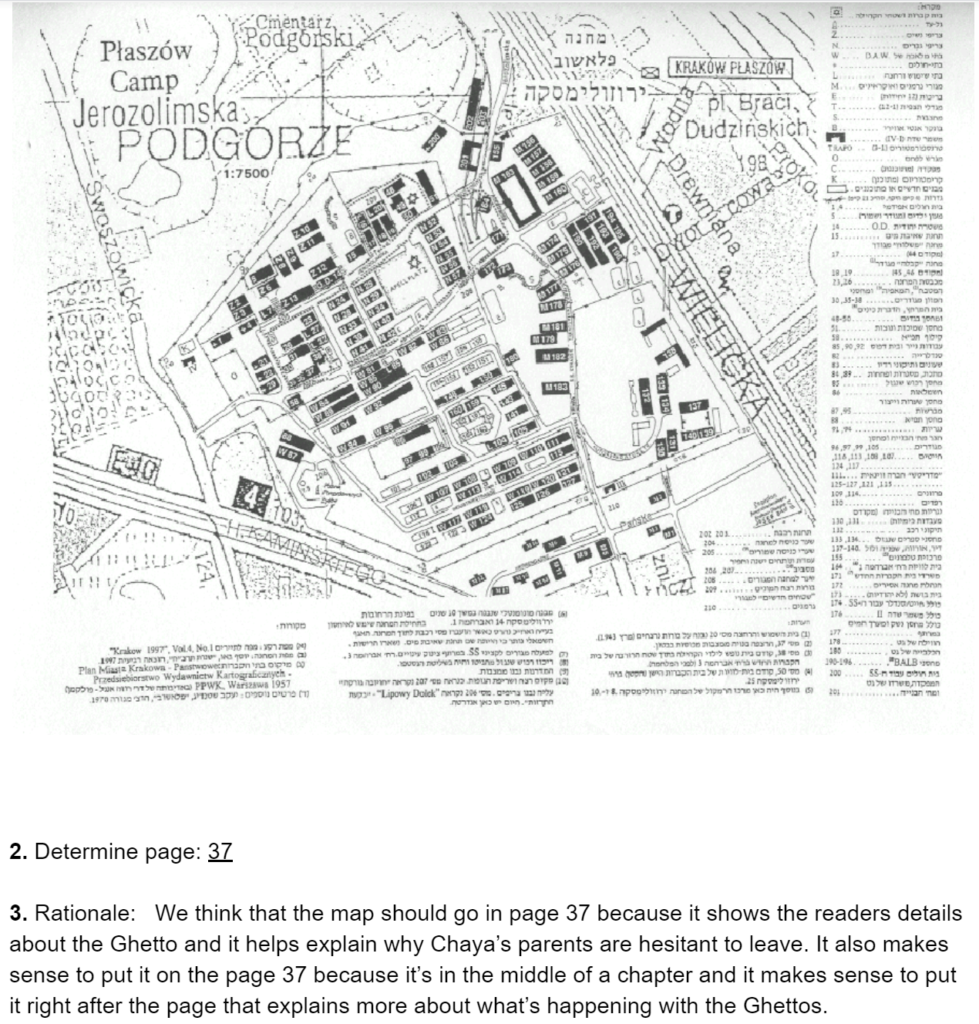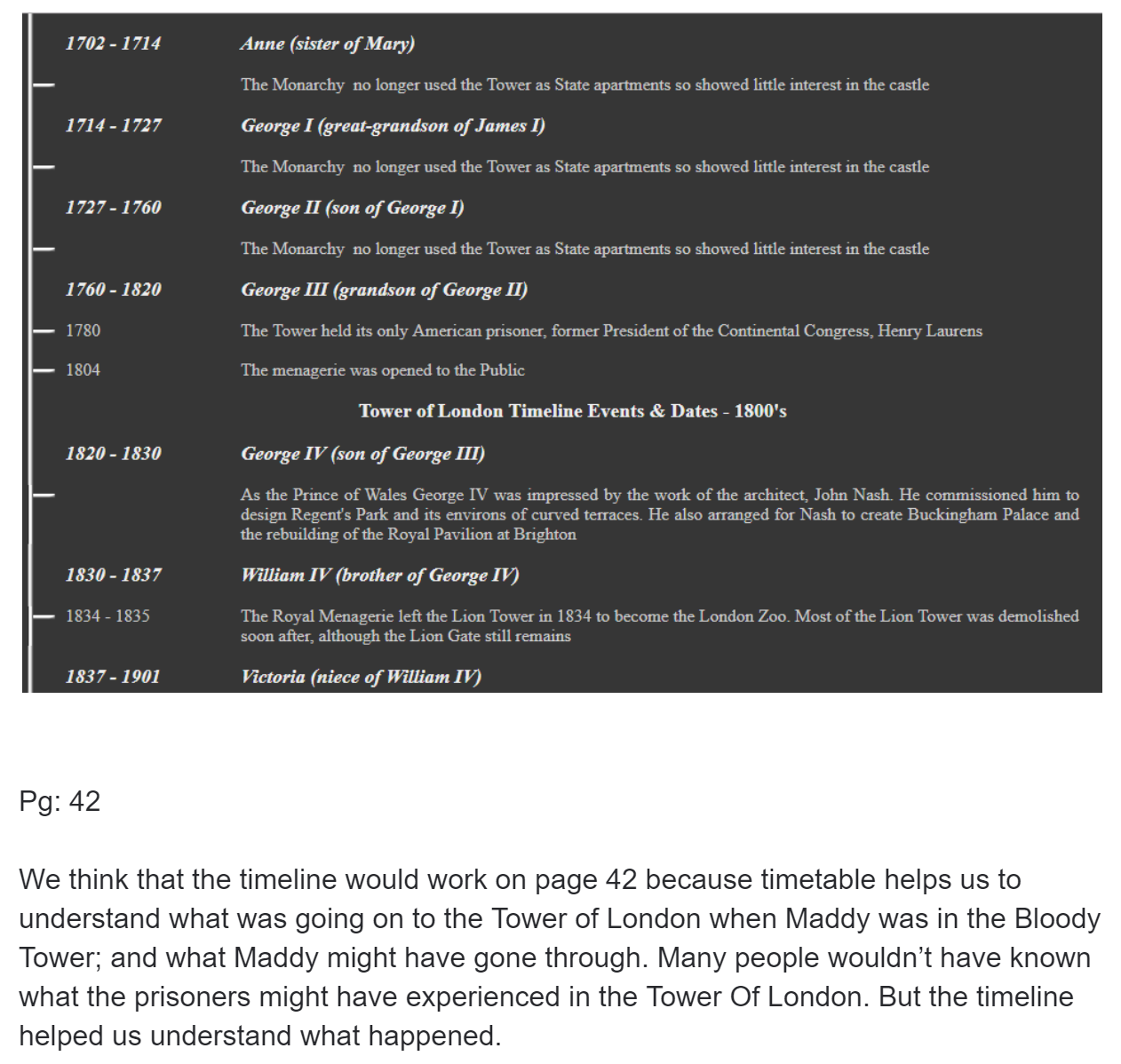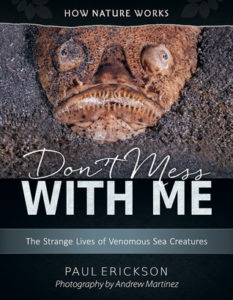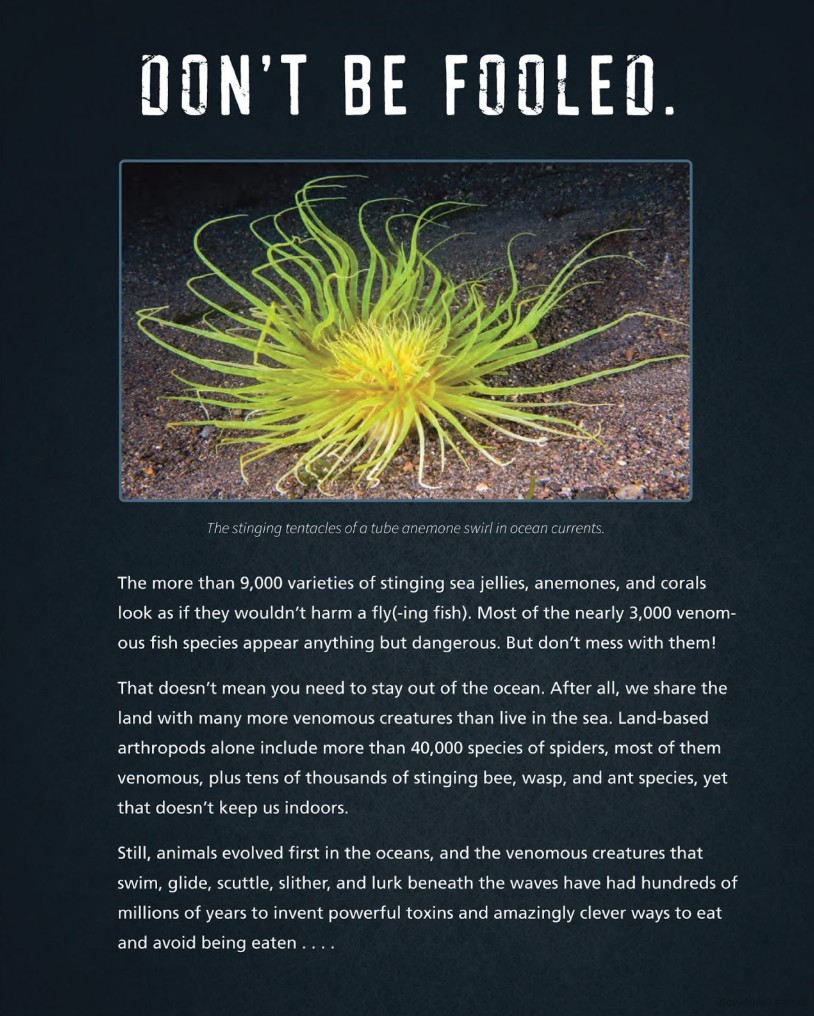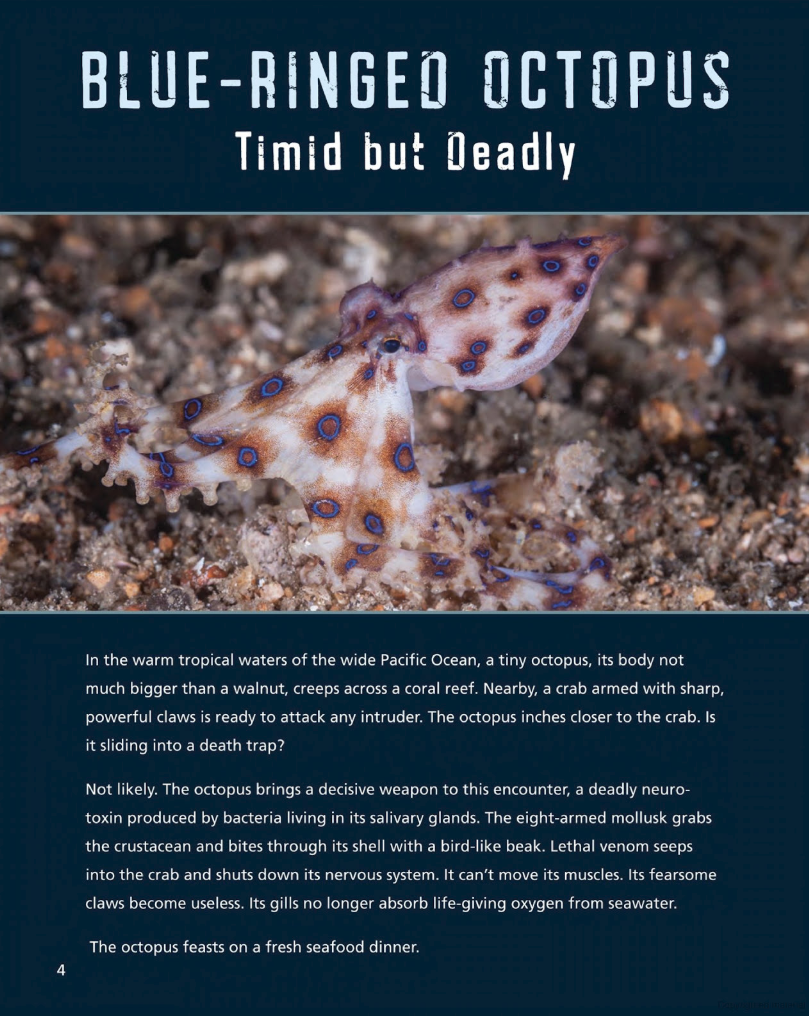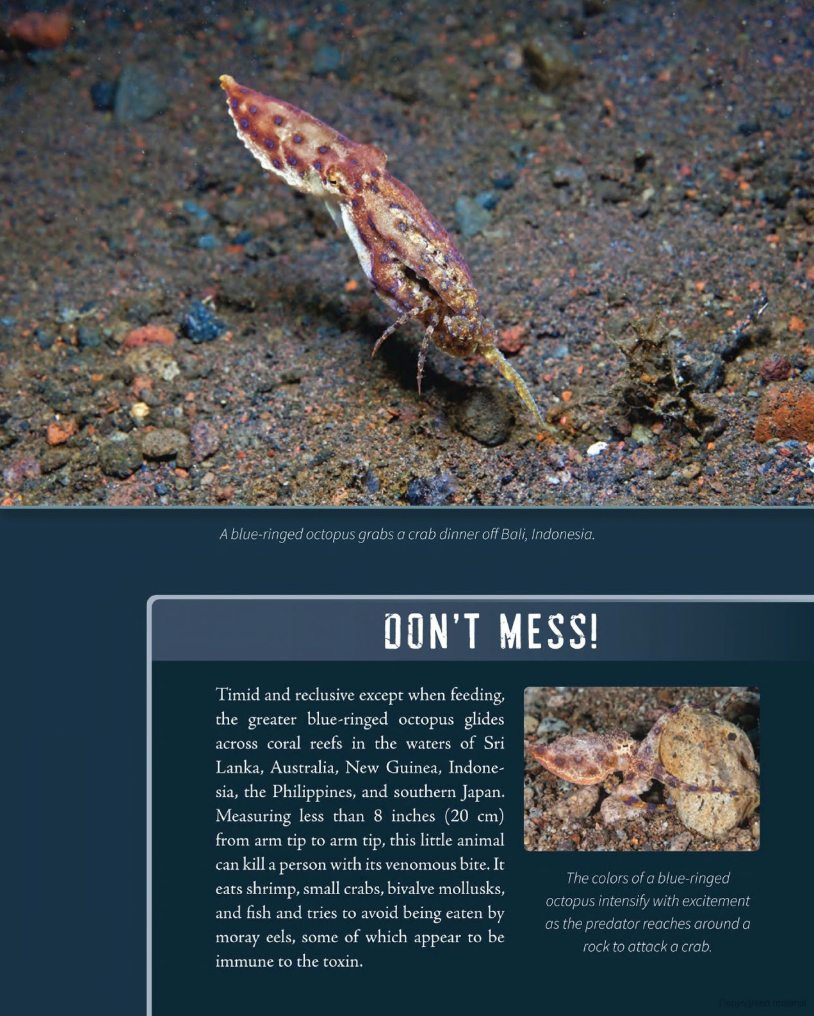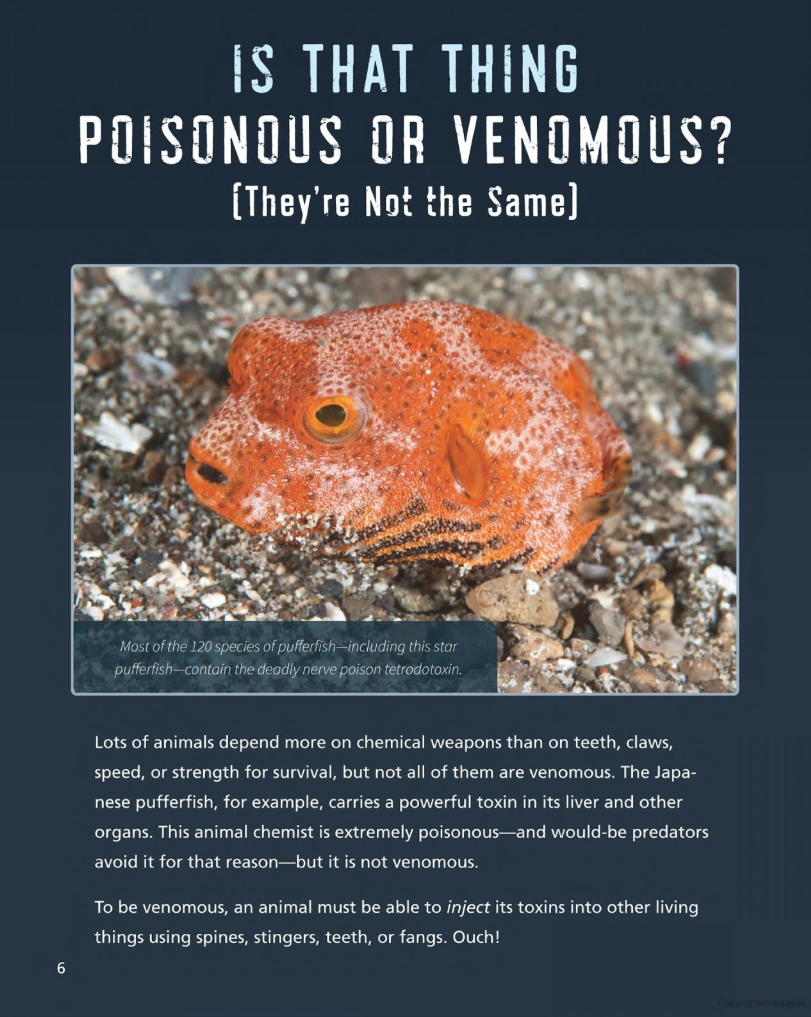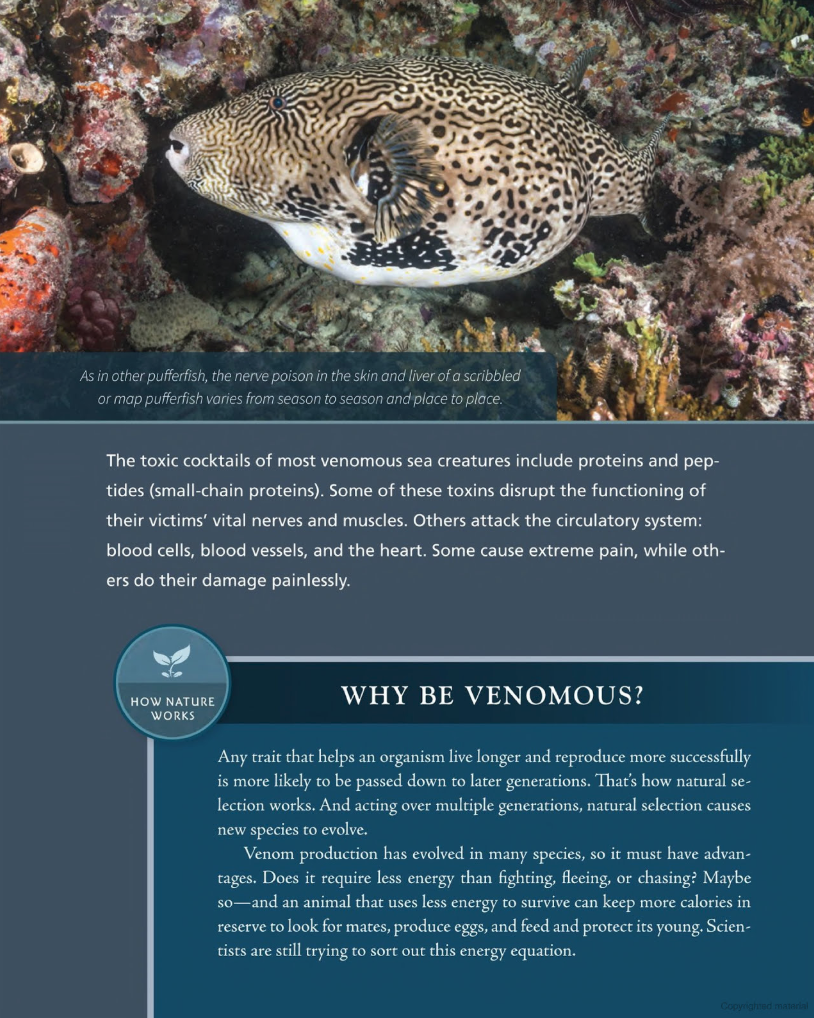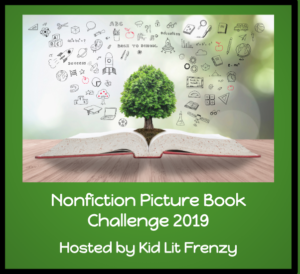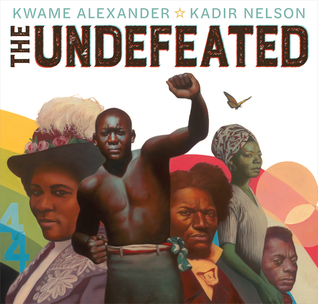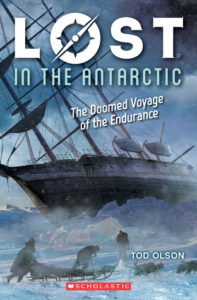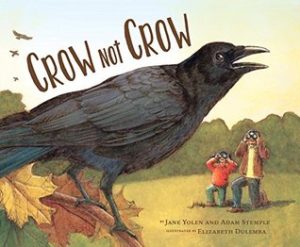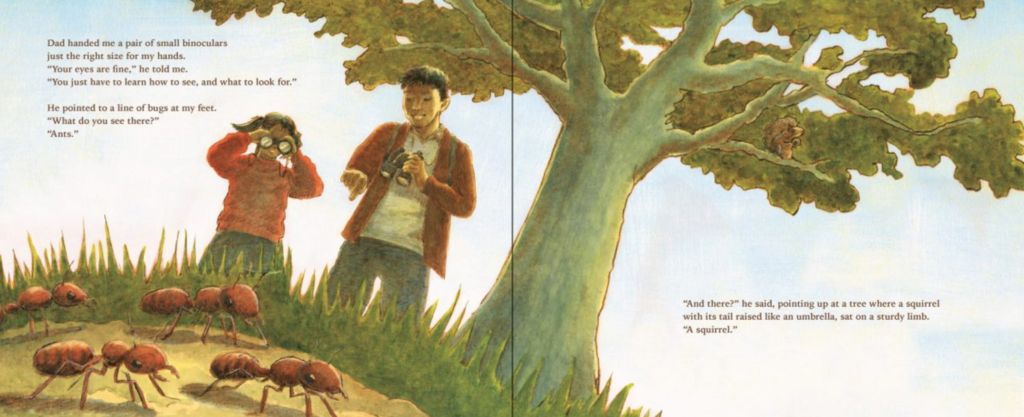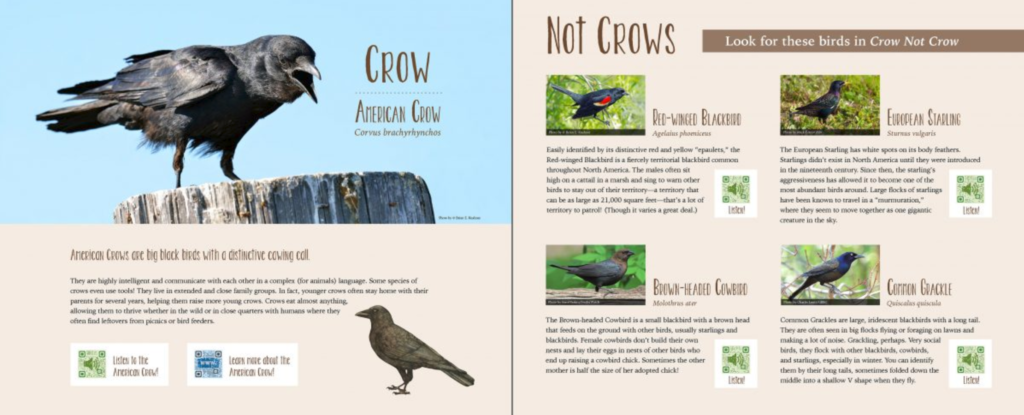National Geographic Kids: Little Kids First Big Book of Science
Author: Kathleen Weidner Zoehfeld
Published April 4th, 2019 by National Geographic Kids
Summary: What is science? What do scientists do? This lively reference book answers these questions and many more, all while introducing kids to the amazing things that scientists study: animals and plants, oceans and space, earthquakes and volcanoes, sound and light, inventions, and more!
Make sure kids’ first experience of the wonders of science is a thrilling eye-opener with this fun reference book. Fun activities, games, and simple experiments encourage interactive learning, showing kids that anyone can use scientific observation and experimentation to be a scientist and discover new things. With bright images and age-appropriate text, this book inspires kids to be curious, ask questions, and explore the world around them. And, maybe even grow up to be a scientist one day, too! Topics touched on include astronomy, botany, paleontology, malacology (that’s the science of clams, snails, and other animals with shells!), zoology, and more.
Inside you’ll find:
- More than 200 incredible photos
- Age-appropriate explanations of the things that scientists wonder about and learn
- Questions and activities in each chapter that encourage interactive learning
- Simple text for reading aloud or for beginning readers, and fun facts on every page
- Parent tips that extend the experience beyond the book
About the Author: Kathleen Weidner Zoehfeld was a children’s book editor for more than 10 years before becoming a full-time writer. She has published more than 60 books for children, most about animals and natural history.
Other National Geographic Kids Little Kids First Big Books:
Review: National Geographic Kids books are such amazing resources for kids and adults! I just love reading through the books because I always learn something, too, and the images are beautiful. And as a mom, I love reading it with Trent because he adores science and the books are such an inquisitive conversation starter. As a teacher, I can see so many ways that this book could be used in an elementary classroom. It is just a perfect triad!
Teachers’ Tools for Navigation: The book is made to be used with children when discussing science. There are a plethora of ways to use it! The book speaks for itself:
Additionally, the parent resources in the back are amazing for home and classroom! Here are some examples of the hands-on science discussions/activities for adults to do with kids in the “Parent Tips” section (just a summary):
- Egg, Plus Heat (Chemistry): Looks at how heat changes the egg.
- Moon Shapes (Astronomy): Lunar calendar
- House of Blocks (Engineering): Make the most stable structures.
Discussion Questions:
- What is a hypothesis?
- What is a Control?
- What are the different branches of science?
- Why do we get vaccinations?
- What are the different kinds of animals?
- What is an ecosystem?
- What are the three different states of matter?
- What moves faster: light or sound?
- Word play with the glossary!
Some of the Interactive Questions from throughout the book
- If you could spend a day with one of these scientists, who would you choose?
- Which part of the body would you like to learn more about? Why?
- Can you name three ways you look different from when you were a baby?
- What wild animal would you most like to study? Why?
- Which ecosystem would you most like to visit? Why?
- How many ocean animals can you name?
- If you could travel to another planet, which one would you choose?
- What would you like to invent?
Flagged Passages:
Read This If You Love: Science!
Recommended For:
**Thank you to Karen at Media Masters Publicity for providing a copy for review**
